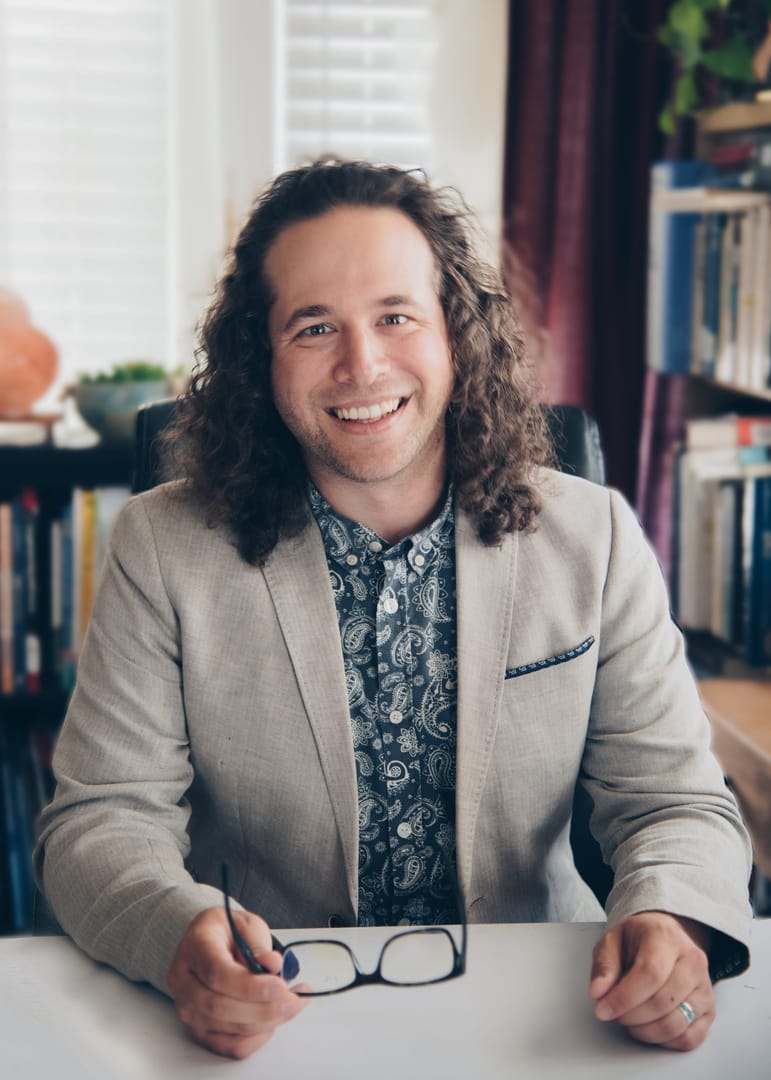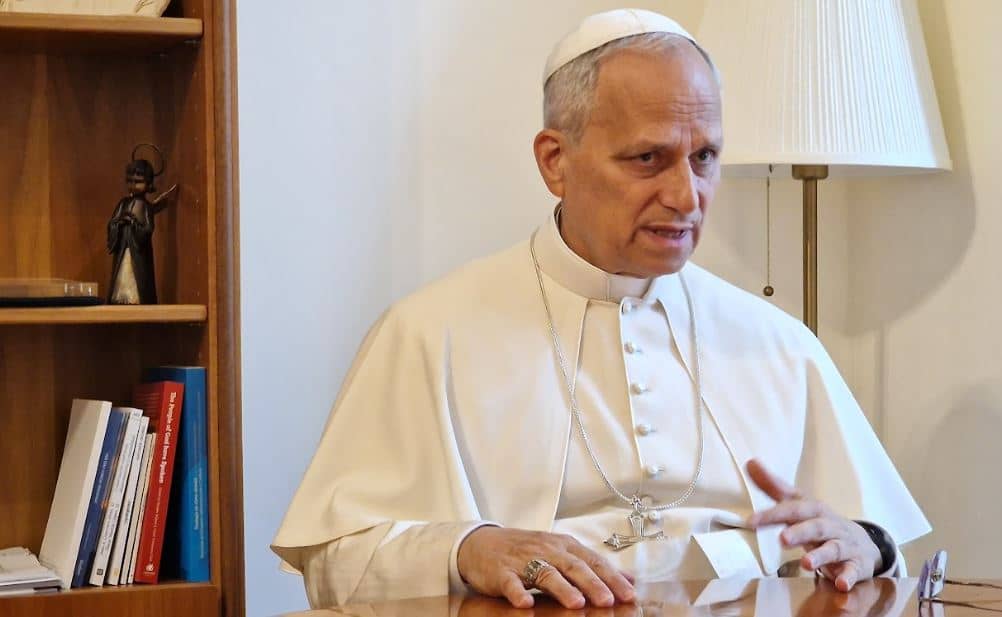[Editor’s Note: L. Benjamin Rolsky is an adjunct instructor at Rutgers University and Monmouth University. His book, The Rise and Fall of the Religious Left: Television, Media, and Popular Culture in the 1970s and Beyond, was published by Columbia University Press this past November. He spoke to Charles Camosy.]
Camosy: It is a sign of the times that some readers of this interview may not even know what you mean by “the religious left.” Can you say more about what you have in mind here?
Rolsky: Absolutely. To me, the Religious Left describes a social movement that attempts to apply prophetic critique to everyday American public life. It’s also a collection of a variety of religious and spiritual traditions and practices including Christianity, Judaism, and Islam. In this sense, it’s both multi-racial and interfaith in nature and composition. I would also say that it includes those with little to no formal identification with a given religious tradition- the “nones” if you will.
In many ways, whatever we call the Religious Left today can be traced back to those associated with the Social Gospel movement of the early 20th century as well as those who emphasize the Catholic Social Teachings of Dorothy Day and others.

Lastly, the Religious Left is a media-generated phrase not unlike “the Religious Right” that attempts to capture a particular manifestation of religion and politics in the public square. It is shorthand for a religious collective that examines structural conditions in order to offer a prophetic word about a better socio-economic future.
Your new book uses the story of television writer and producer Norman Lear as a lens of looking at the rise and fall of the religious left. Why did you make this particular choice?
I’ve been fascinated by the relationship between religion, politics, and American public life for some time. Halfway through my Ph.D. program, I stumbled upon the interfaith organizing of the non-profit organization People for the American Way. In doing so, I found out that television icon and producer Norman Lear founded the organization along with professor Martin Marty from the University of Chicago and former Notre Dame University President Theodore Hesburgh.
After some more digging in the archives, I determined that Lear could serve as a wonderful case study of what academics and journalists today call the Religious Left. As someone who felt the sting of antisemitism growing up in New Haven, Connecticut, Lear could speak to a particular experience of Judaism as America approached the mid-way point of the 20th century.
A child of both the New Deal and the crystal radio, Lear was shaped by both the antisemitic diatribes of Father Charles Coughlin and the fireside chats of FDR. As I began putting the proverbial chapters together, I realized that Lear represented both the strengths and weaknesses of the Religious Left as a socio-political entity in American public life. His life also served as a wonderful bridge between the New Deal era of the 1920s, and the Reagan era of the 1980s. I particularly enjoyed talking about his variety show “I Love Liberty,” which was an attempt to articulate a form of progressive patriotism for primetime audiences in response to the newly established Reagan presidency.
What do you think is primarily responsible for the fall of the religious left?
In short, the Religious Left has fallen in my opinion because it got too comfortable with power and economic privilege. It also became overly reliant on cultural and symbolic forms of activism in the public square and on broadcast television. If American conservatism has been good at anything since the 1970s, it’s been messaging and getting their disparate bases to see common cause in organizing against the federal government.
The Religious Left tends to assume that since the biblical text speaks to the immigrant and the stranger in empathetic tones that the American people will see the same and act accordingly. As I’ve argued elsewhere, this lack of attention to effective messaging has left too much to be worked out by the public writ large. Those on the Religious Left assume that to think of strategy and messaging is to descend from some imagined higher ground of morality. This assumption has also contributed to the fall of the Religious Left because the public script of American public life has been defined by conservative visions of the good over and against more robust prophetic visions from the left.
In short, the Religious Left thinks of itself as a prophetic entity, but due to affluence both economic and otherwise it has been unwilling to sacrifice whatever political power it has. Boots may be on the proverbial ground, but not unlike the Democratic Party such actions have not been enough to make the changes needed to reform society in its interfaith and multi-racial image.
Much is made in the world inhabited by many Crux readers of the rise of and fall of the Catholic left. Do you think there is overlap between that story and the story you are telling in your new book?
Absolutely. According to an article published by the National Catholic Reporter, Catholics represent the largest single group in the Religious Left based on denomination. Of course, narratives of “rise and fall” fit headlines and book titles much better than they do reality at times. I, myself, didn’t realize that I was writing such a story before I realized what I had in front of me.
To me, the tradition of Catholic social teachings informs much of the progressive spirit of the Religious Left alongside the Social Gospel tradition of the Protestant church dating back to the early 20th century. The rhetorical and spiritual resources available to both traditions are rich and there for mobilizing, but it’s going to take actual prophetic sacrifice and utterance to make possible the change sought after. Figures such as Cornel West speak to such a vision of the public that can manifest once those in power, including those at seminaries and universities, are willing to accept the consequences of speaking prophetically.
I myself have done a number of interviews and podcasts at this point that have been connected to academia in one way or another, but in order to address today’s problems in a more productive manner, the “other side” must also be engaged. Catholics and Protestants alike must also take the notion of culture war more seriously, and think about how best to respond in an age of instantaneous news and overwhelming amounts of information.
Is there hope for a resurgence of the religious and/or Catholic left? How might the current political realignment in the country inform how we think about (or even articulate) that question?
I do think there’s hope, but I’m not sure what is hoped for, exactly, besides hope’s sake. Economic and racial justice? A more equitable society? A renewed commitment to the least of these by those in office? I’m also curious about what political alignment this question has in mind since it’s an extremely important observation.
Since the 1970s, the country has moved to the Right in both spirit and in deed. This has been a calculated effort coordinated by talented direct mail advertisers and conservative political operatives on behalf of the Republican Party starting with Reagan. It has also been informed by the philosophy of economist Milton Friedman who documented one of the first instances of resistance against the United Postal Service in his famous book, Free to Choose: A Personal Statement. Such a resurgence would depend on figures such as one-time Barack Obama pastor Jeremiah Wright and the aforementioned Cornel West for leadership instead of those figures chosen by the establishment wing of the Democratic Party.
Choosing the likes of Joe Biden and Kamala Harris to represent progressive values in the public square may work against Trump in the short term, but it illustrates a profound lack of foresight and willingness to bend to the powers that be regardless of issues of race and gender. Over the last week, Biden’s Catholicism has been highlighted by multiple news outlets in order to highlight both “his faith,” and the Democrat Party’s overcoming of the proverbial “God Problem”: a narrative largely constructed by conservative consultants in the recent past.
Ironically, such attempts to highlight Biden’s dignity and spiritual attentiveness have come at the expense of acknowledging the actual depth of his Catholic practice. Referring to Biden’s “faith” may in fact bring attention to an important issue for Democrats, who historically have been associated with a lack of faith arguably since the Carter administration despite being the “born-again President,” yet it couches Biden’s practice and action according to a largely Protestant notion of interiorized “faith” and “belief.” If there is going to be a resurgence of the Catholic Left, it’s going to take a collective willingness to be more precise with reporting and to develop a more descriptive language fitting for a practicing Catholic in the public square.
While this is largely up to the journalism community to fulfill, the Religious Left can encourage a more robust language about faith and democratic practice that is more appropriate to the Left’s prophetic aspirations.















